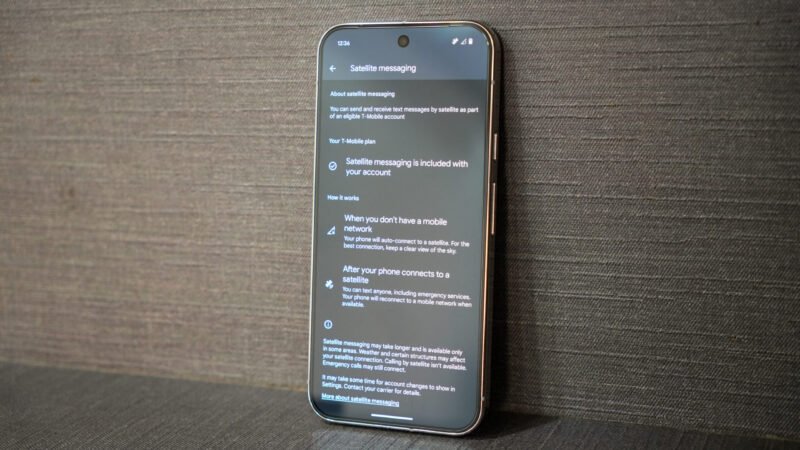Summary Points
-
Service Availability: T Satellite service has launched, now accessible to T-Mobile users and those from other networks seeking emergency satellite backup.
-
Connectivity Challenges: Both T Satellite and Skylo systems struggle to connect in weak signal areas, requiring complete disconnection from cellular networks to initiate satellite communication.
-
User Experience: Skylo’s connection involved significant maneuvering for line-of-sight, while T Satellite connected more easily but still faced delays, making both unreliable in actual emergencies.
-
Cost vs. Benefits: Although T Satellite may offer features, Skylo’s free option and the unpredictability of both services make them less appealing for regular off-grid users; traditional satellite phones may be a better alternative.
Is One Satellite Service Really Better Than the Other?
Recently, T Satellite service became available for T-Mobile customers and other networks. This offers potential emergency backup in locations with limited connectivity.
A field test provided insights into both T Satellite and Skylo systems on a Galaxy S24 and Galaxy S25 Edge. Living in rural America, I identified multiple dead spots for this experiment. The experience brought both challenges and surprises.
Initially, connecting to a satellite proved more difficult than expected. Both systems require no cellular signal before establishing a satellite link. Even faint signals prevented seamless transitions to satellite mode. I had to find clear line-of-sight deep within the forest.
Skylo managed to connect first after some maneuvering. It involved moving the phone to find the right angle for satellite reception. Even then, sending one message took over 30 minutes. In emergencies, that delay could prove critical.
T Satellite, on the other hand, connected more smoothly. However, attaining a truly dead spot was tricky. Still, once established, T Satellite sent and received messages more reliably.
Ultimately, these satellite services showed mixed results. Skylo’s connection required patience, while T Satellite maintained a stubborn link to weak cellular coverage. Situational factors heavily influenced performance.
While T-Mobile’s service may offer advantages in automatic switching, it comes with a monthly fee. In contrast, Skylo is free, which could appeal to budget-conscious users. The choice often depends on personal needs and geographic areas.
As satellite technology evolves, the landscape of connectivity will likely improve. For now, both services have their strengths and weaknesses. Users should consider their unique situations before selecting a service.
Both options continue to develop. No one-size-fits-all solution exists for satellite connectivity. Users should stay informed to make the best choice for their needs.
Discover More Technology Insights
Learn how the Internet of Things (IoT) is transforming everyday life.
Discover archived knowledge and digital history on the Internet Archive.
GadgetsV1

